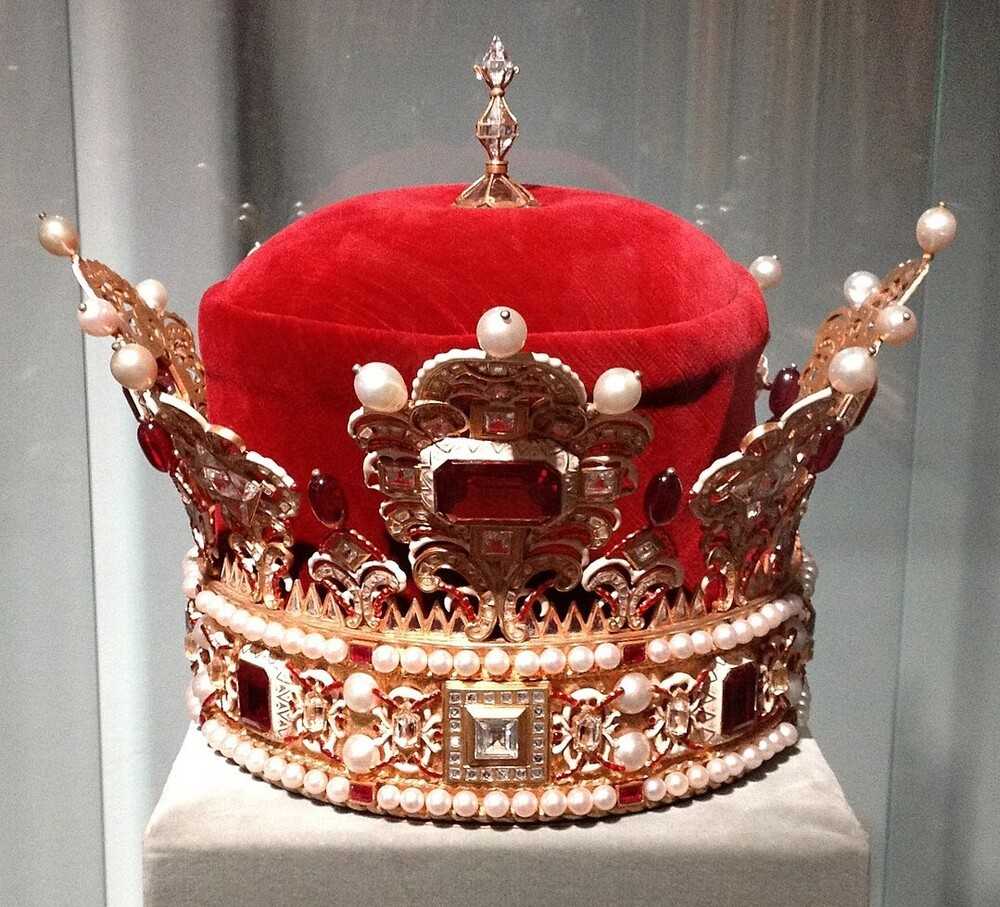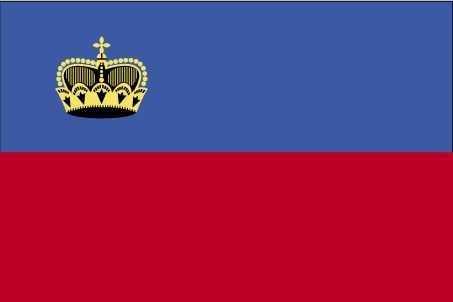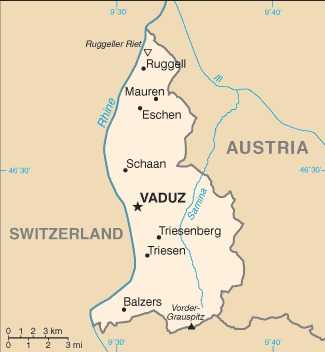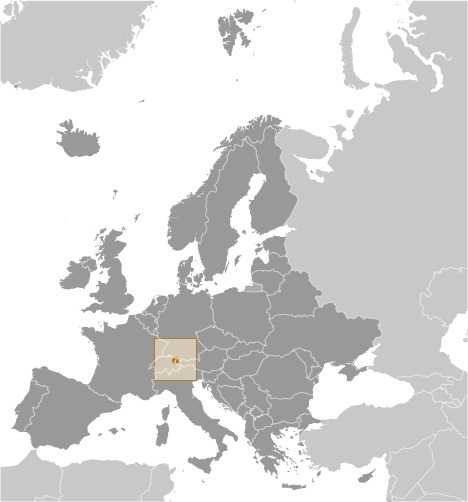Introduction
Tip
Visit the Definitions and Notes page to view a description of each topic.
Geography
People and Society
Population
comparison rankings: total 212; male 212; female 213
Languages
German audio sample:
Median age
comparison ranking: total 30
Population growth rate
comparison ranking: 129
Birth rate
comparison ranking: 180
Death rate
comparison ranking: 81
Net migration rate
comparison ranking: 20
Infant mortality rate
comparison ranking: total 189
Life expectancy at birth
comparison ranking: total population 20
Total fertility rate
comparison ranking: 168
Education expenditure
comparison ranking: Education expenditure (% GDP) 168
Environment
Government
Economy
Real GDP (purchasing power parity)
comparison ranking: 171
Real GDP per capita
comparison ranking: 2
Inflation rate (consumer prices)
comparison ranking: 84
GDP - composition, by sector of origin
comparison rankings: agriculture 199; industry 18; services 119
Energy
Communications
Telephones - fixed lines
comparison ranking: total subscriptions 188
Telephones - mobile cellular
comparison ranking: total subscriptions 207
Broadband - fixed subscriptions
comparison ranking: total 171
Transportation
Merchant marine
comparison ranking: total 150





